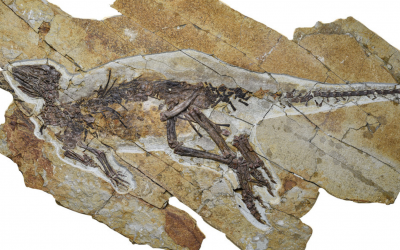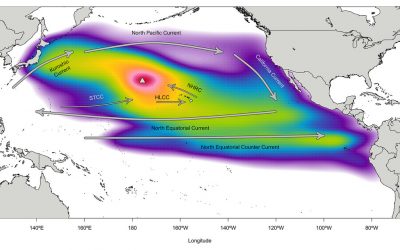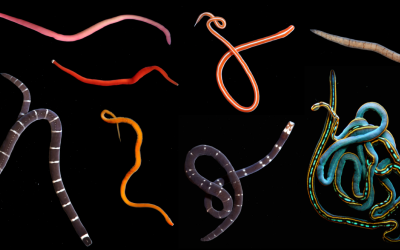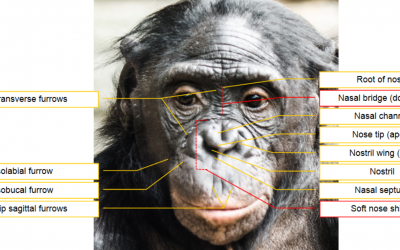The lower Toarcian Posidonia Shale at Holzmaden, Southwest Germany, has yielded some of the most remarkable Lower Jurassic marine tetrapod specimens, including five plesiosaur taxa identified from nearly complete skeletons. This study provides a comprehensive...
Article Spotlight: A new neornithischian dinosaur from the Upper Jurassic Tiaojishan Formation
The Middle and Late Jurassic Yanliao Biota is different from other contemporaneous fossil assemblages in that it lacks neornithischian dinosaurs. Here, we report a new, early-diverging neornithischian, Pulaosaurus qinglong gen. et sp. nov., from the Upper Jurassic...
Article Spotlight: A predictive framework for identifying source populations of non-native marine macroalgae
The cryptogenic marine red alga Chondria tumulosa was first observed in 2016 in subtidal habitats at Manawai (Pearl and Hermes Atoll) in the Papahānaumokuākea Marine National Monument (PMNM), Hawai‘i. Without molecular or morphological matches to any known species, it...
Article Spotlight: A hundred species, mostly new — first assessment of ribbon worm diversity
Biodiversity is a key characteristic of any ecosystem but remains largely undescribed for most marine animals. Ribbon worms (phylum Nemertea), a diverse but poorly sampled phylum ubiquitous in the world’s oceans, are a case in point. Aside from their function as...
Article Spotlight: Adapting the facial action coding system for chimpanzees to bonobos
The Facial Action Coding System (FACS) is a widely recognised coding scheme for analysing human facial behaviour, providing an objective method to quantify discrete movements associated with facial muscles, known as Action Units (AUs), and reducing subjective bias....
Article Spotlight: Changes in tooth size of Otaria byronia: an indicator of density-dependent effects?
Teeth provide valuable information about an individual’s life cycle and serve as a powerful tool for visualizing population-level changes associated with density-dependent processes. In pinnipeds, teeth are used to estimate the age of individuals based on the count of...
Article Spotlight: A new specimen of Plesiopterys wildi reveals the diversification of cryptoclidian precursors
A virtually complete and articulated plesiosaur skeleton (MH 7) is described from the Lower Jurassic (Toarcian) Posidonienschiefer Formation near Holzmaden in southern Germany. Plesiosaur remains are rare in this rock unit compared to those of other marine reptiles,...
Article Spotlight: Making sense of fossils and artefacts: a review of best practices for the design of a successful workflow for machine learning-assisted citizen science projects
Historically, the extensive involvement of citizen scientists in palaeontology and archaeology has resulted in many discoveries and insights. More recently, machine learning has emerged as a broadly applicable tool for analysing large datasets of fossils and...
Article Spotlight: Potential transoceanic dispersal of Geodia cf. papyracea and six new tetractinellid sponge species descriptions within the Hawaiian reef cryptofauna
Kāne‘ohe Bay has historically been known for the introduction of alien species from the Caribbean and the Western Indo-Pacific. Recent efforts that explore the reef cryptofauna have shown that in addition to the diversity of non-indigenous species, patch reef...
Article Spotlight: Future climate-driven habitat loss and range shift of the Critically Endangered whitefin swellshark Cephaloscyllium albipinnum
Climate change is driving many species to shift their geographical ranges poleward to maintain their environmental niche. However, for endemic species with restricted ranges, like the Critically Endangered whitefin swellshark (Cephaloscyllium albipinnum), endemic to...










